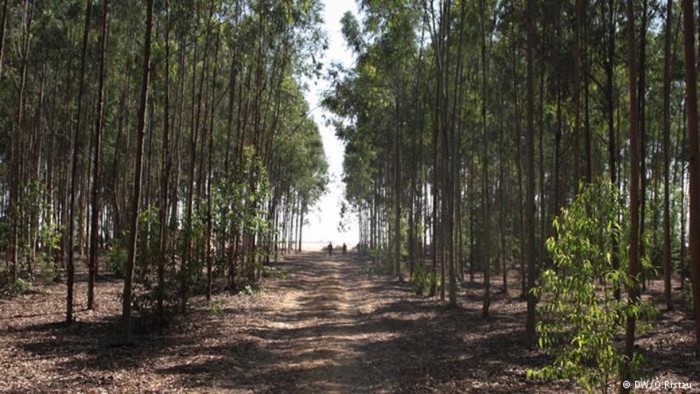
According to the United Nations, global desertification continues to worsen with 12 million hectares of land lost to desertification and drought every year. In response to the issue, the Egyptian government came up with a plan in the 1990s to green 36 of its desert locations using sewage water. Today the forests are thriving and providing a valuable natural resource while simultaneously fighting desertification.
Egypt is made up of 96 per cent desert due to extreme sun exposure and almost no rainfall. The land is deprived of any fertile soil. Water is taken from the Nile and strictly reserved for household consumption and agriculture. Before its initiation, the forest programme had to look for an alternative source of water to sustain its tree plantation. It found waste water to be the perfect substitute.
The water is taken from the sewers and filtered to remove all pollution debris such as plastic and other waste. In the second phase of treatment, oxygen and microbes are added to the water to decompose faeces and other organic materials. What is left is a nutrient-rich liquid filled with the phosphates and nitrogen compounds that plants thrive on. The trees do not require any fertiliser thanks to the high concentrate of nutrients in the water that is pumped directly to the plantation sites.
The forests give rise to healthy ecosystems, where shade and moisture provide a welcome habitat for animals to live and other plants and flower to grow. A variation of indigenous and commercially valuable tree species have been selected based on their rapid growth rate, which results in more frequent harvests.






